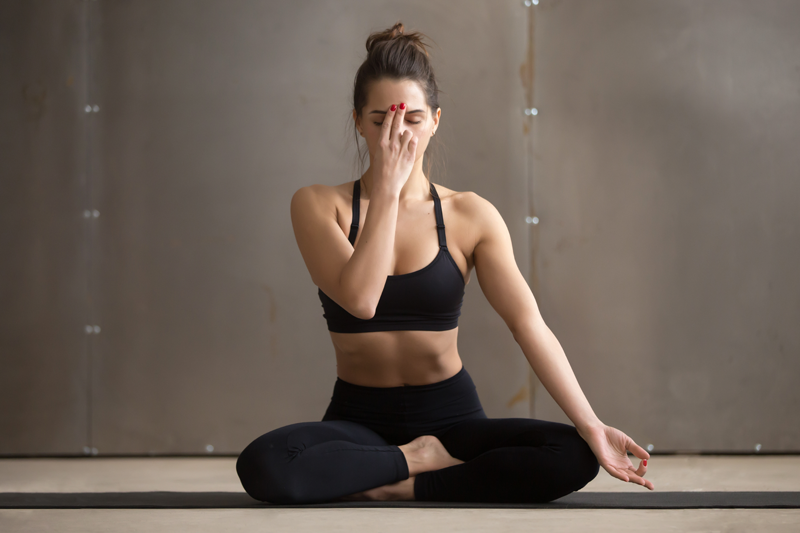In today’s fast-paced world, achieving a natural, youthful look has become a top priority for many. Enter Face Yoga—a holistic approach that combines the power of myofascial release with targeted facial exercises to tone and rejuvenate your skin. Face Yoga not only helps to tighten facial muscles, but it also releases tension in the connective tissues (fascia) beneath the skin, promoting relaxation and a radiant glow. Let’s explore how Face Yoga can bring myofascial bliss, helping you achieve the complexion and relaxation you’ve been seeking.
What is Myofascial Release and Why Does It Matter?
Myofascial release focuses on the fascia, a web-like layer of connective tissue that surrounds muscles, organs, and bones. When the fascia becomes tense or rigid—often due to stress, poor posture, or repetitive facial movements—it can create muscle imbalances and lead to wrinkles, sagging, and even headaches. Myofascial release works to soften and stretch the fascia, restoring flexibility and balance to your face.
Benefits of Myofascial Release through Face Yoga:
- Improved circulation: Encourages better blood flow, which enhances nutrient delivery to skin cells.
- Reduced facial tension: Eases muscle tightness that contributes to wrinkles.
- Increased lymphatic drainage: Reduces puffiness, especially around the eyes and jawline.
- Natural facelift effect: Restores muscle tone and firmness to your face over time.
How Face Yoga Works: Releasing Tension & Toning Muscles
Face Yoga Myofascial Bliss combines specific movements, massage techniques, and mindful breathing to target facial muscles and fascia. It’s like a gentle workout for your face that includes stretching, lifting, and releasing.
Key Face Yoga Techniques for Myofascial Bliss:
- Forehead Smoother: Place your fingers on your forehead and gently pull the skin upward while raising your eyebrows, holding for a few seconds. This technique helps release tension in the forehead, reducing fine lines.
- Cheek Lifter: Smile broadly, then use your fingers to lift the cheek muscles upward, holding for a few breaths. This helps tone cheek muscles while reducing puffiness.
- Jaw Release: Open your mouth wide, hold for a few seconds, and then relax. This technique helps release jaw tension and can prevent clenching and TMJ-related issues.
Steps to Start Your Face Yoga Routine
Consistency is key with Face Yoga. A regular routine—5-10 minutes a day—can make a noticeable difference in just a few weeks. Here’s a beginner-friendly routine:
- Warm-Up: Start with gentle tapping around the face to stimulate circulation.
- Focus Areas: Spend about one minute on each face area—forehead, eyes, cheeks, and jaw—using a combination of smooth strokes and lifting movements.
- Breathwork: Deep breathing helps relax the fascia and calms the nervous system, amplifying the myofascial benefits.
- Cool Down: End with gentle stretching, massaging your temples and jaw for ultimate relaxation.
Boosting Results: Complementary Practices
For enhanced results, consider incorporating complementary practices with your Face Yoga routine:
- Hydration: Proper hydration supports healthy fascia.
- Healthy Diet: Nutrient-dense foods rich in collagen-supporting vitamins (like vitamin C) can improve skin elasticity.
- Facial Oils or Serums: Using a gentle oil or serum during Face Yoga allows smoother movements and offers skin-nourishing benefits.
Conclusion: Embrace the Bliss of Face Yoga
Face Yoga, when practiced with myofascial release in mind, offers a path to a naturally sculpted and vibrant face. The benefits go beyond skin-deep; this routine promotes relaxation, mindfulness, and a natural glow. Whether you’re looking to reduce wrinkles, tone muscles, or simply unwind, Face Yoga can be a transformative practice for holistic beauty and well-being.





Comments